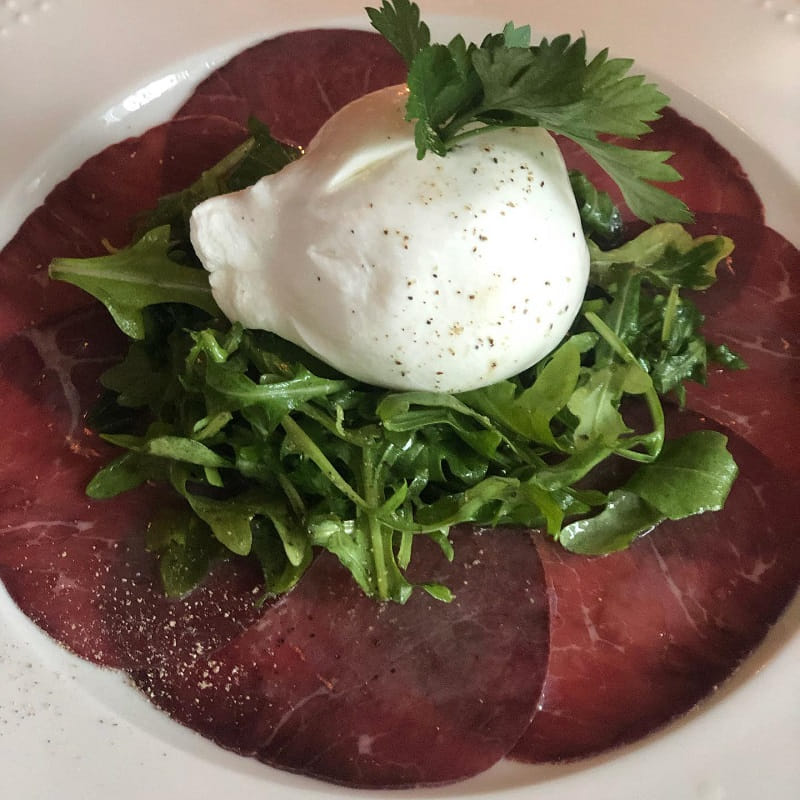On the cheesy delights end of that spectrum, two Italian cheeses – burrata and ricotta – command the spotlight not only because of their divine textures and flavors but because they complement such a wide variety of dishes. Knowing the difference between a burrata and ricotta can guide you in selecting the right cheese for the dish you’re creating.
A Tale of Two Cheeses: Origins and Production
Burrata is a younger mozzarella variant, born in southern Italy and made with cow’s milk curds and whey. The twist, literally, is that the center of the mozzarella log is stuffed with stracciatella – the soft curds and cream remaining after cooking the warm whey. Ricotta, by comparison, is an ancient cheese found across Italy and made from the whey left over from other cheeses, such as mozzarella or provolone.
Texture Talk: From Pillowy to Rich and Runny
A textural difference between burrata and ricotta is also a sappy pleasure: burrata is a fresh kind of mozzarella covered in a soft mozzarella crust, with a rich, soft, slightly runny stracciatella filling, whereas ricotta is crumbly, lighter, grainier and less rich, with a softer creaminess.

Flavor Fiesta: A Matter of Taste
In fact, they even taste a bit different. Burrata’s flavor is milder, with an almost sweet but milky bite, complemented by the stracciatella, which has an even richer flavor. Ricotta is slightly sweet and milky flavored, with a touch of tartness, depending on the type of whey into which it was curdled.
Culinary Canvas: Where They Shine
While both cheeses are superb, they have their culinary moment in American cooking. Burrata is often eaten straight up, with a drizzle of olive oil and a touch of balsamic reduction, and served with a bread crust. It might also accompany a salad or pizza. Ricotta is equally versatile, used in everything from lasagne and gnocchi to cannoli pancakes, and eaten fresh with fruit and honey.
Choosing Your Cheese Champion: Factors to Consider
If you’re choosing between burrata and ricotta in the cheese shop or at home, consider the textures you need, the flavors you’re after, and the other ingredients accompanying the cheese. Choose the burrata if you want something super-rich with a completely creamy center. The ricotta is the way to go if you want something very light and airy. Think about how it will fit into the overall flavors on the plate. Burrata is slightly richer and saltier than ricotta, which might overpower a more delicate dish. Ricotta is very mild and will bring a less dominant dairy taste.
Of course, think about availability and accessibility, too. In some US States – such as California – burrata is easier to find on the market than in other regions, such as New York. It’s also exponentially dearer – so remember that, too.
Beyond the Basics: Exploring Variations
Both are also made in smoked and herbed varieties (smoked ricotta! Herbed burrata!) that will only add to the layers of your composed entrée.

Hey there, I’m Robert Bolduc, the owner of the Blast From The Past Dinner Restaurant, and I’m excited to welcome you to our cozy corner of nostalgia. At our restaurant, we’ve created a unique experience that takes you back in time to the good old days, where classic comfort food meets retro charm.
As you step through the doors of our restaurant, you’ll be transported to a bygone era, where the jukebox plays your favorite hits from the ’50s and ’60s, and the décor exudes vintage flair. Our aim is to not just serve food, but to provide an immersive journey into the past, where every meal is a trip down memory lane.
So, if you’re ready to take a trip back in time and indulge in the flavors of yesteryear, then join us at Blast From The Past Dinner Restaurant. We can’t wait to share our love for the past with you.
